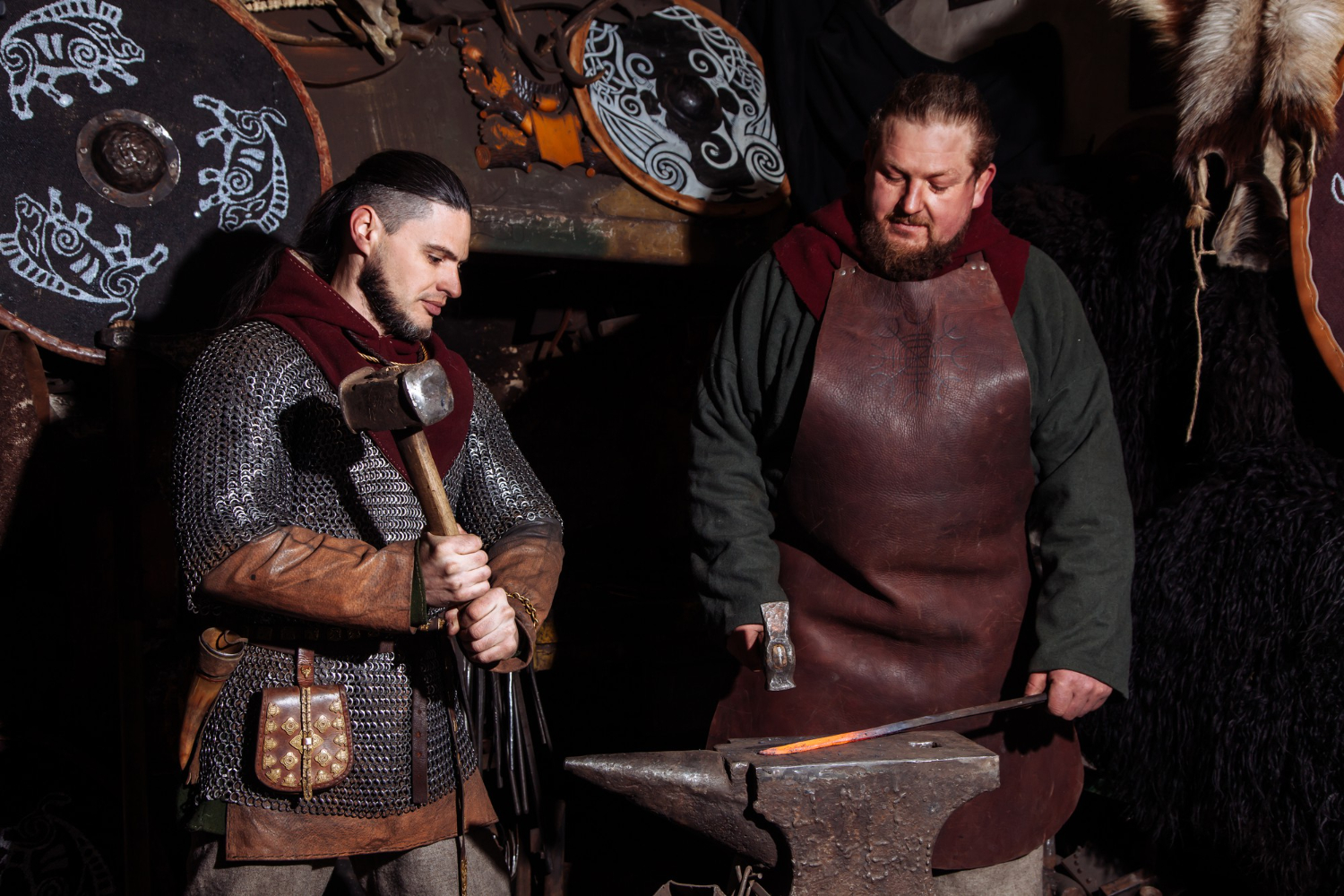
Crime and Punishment in the Middle Ages: A Glimpse into the Dark Side of History
Welcome to the fascinating world of crime and punishment in the Middle Ages. This six-lecture course takes you on a journey to uncover how criminals were sought, their guilt proven, and their sentences carried out during this tumultuous period of history. Prepare to delve into the depths of medieval justice, where the Inquisition emerged, criminals were imprisoned, limbs were severed, and even family names were changed. Join us as we unravel the mysteries and brutality of this fascinating era.
A Brief Introduction to Crime and Punishment in the Middle Ages
The Middle Ages, spanning roughly from the 5th to the 15th century, was a time of societal transformation, with power centralized under the feudal system. As civilization evolved, so did the methods used to maintain order. Crime was a constant challenge, necessitating novel approaches to identify and punish wrongdoers. Let’s explore the mechanisms that were developed and employed during this era.
The Emergence of the Inquisition: Seeking Out the Guilty
One of the key developments during the Middle Ages was the establishment of the Inquisition. Initially devised to combat heresy within the Church, its methods soon expanded to include seeking out all forms of criminality. This powerful institution employed various techniques to extract confessions, often utilizing torture to compel individuals to admit their crimes.
Furthermore, the Inquisition extended its influence beyond the Church, working in collaboration with secular authorities to identify and apprehend wrongdoers. The fear of being caught by this relentless force served as a deterrent, albeit a brutal one, against criminal activities.
Medieval Prisons: A Glimpse into the Life of the Incarcerated
Once accused, criminals faced the prospect of spending time in a medieval prison. These institutions, often grim and squalid, were designed to isolate criminals from society, inflicting punishment through confinement. Prisoners endured harsh conditions, with minimal access to basic necessities such as food, water, and hygiene facilities.
However, the primary purpose of these prisons was not rehabilitation but rather containment. The goal was to keep the accused locked away until their trial or execution, serving as a powerful deterrent against criminal behavior. Escape from these formidable fortresses was rare, and those who managed to break free were severely hunted down.
From Middle Ages Crime and Punishment to Modern Online Casinos: A Journey to Plinko Game Online
During the Middle Ages, crime and punishment were both severe and immediate, reflecting a starkly different era from the modern-day world of online entertainment and games. In contrast to the harsh penal system of that time, today we have the freedom to enjoy a wide range of leisure activities, including engaging with online casinos. A perfect example is https://plinkogameonline.com/ Plinko Game Online, a site offering a popular and exciting chance-based game. This game, much like the unpredictable outcomes of medieval trials, promises suspense and potential rewards, but in a safe and regulated digital environment.
The Nature of Punishment: Severing Limbs and Changing Names
The nature of punishment varies widely across different cultures and historical periods, with some forms seeming extremely harsh by modern standards. For instance, the practice of severing limbs was used as a form of punishment in some societies, notably in certain interpretations of Sharia law, where it was considered a deterrent against theft and other serious crimes. This corporal punishment served to visibly brand the perpetrator and acted as a potent reminder of the consequences of breaking societal norms.
The Brutality of Physical Punishment: Chopping Hands and Quartering Bodies
The Middle Ages were infamous for their brutal forms of punishment. Offenders convicted of crimes such as theft or assault often faced the loss of limbs as retribution. The chopping off of hands, in particular, was a widespread practice, intended to serve as a permanent reminder and to deter potential criminals. This severe form of punishment emphasized the harsh nature of medieval justice.
In more extreme cases, criminals found guilty of treason or heinous crimes were subjected to the agonizing punishment of being quartered. This involved dividing the body into four parts, typically by tying each limb to a horse, and forcefully pulling the body apart. It was a gruesome spectacle, inflicted as a severe warning to others.
Identity Erasure: Changing Names for Punishment
While physical punishment was prevalent, the Middle Ages also saw the implementation of more subtle, yet equally impactful, forms of retribution. In some cases, offenders were not only punished but also had their family names changed. This act of identity erasure sought to impose a lasting consequence on the criminal and their descendants. It served as a reminder of the transgressions committed and ensured that the tainted family legacy would never be forgotten.
Uncovering the Secrets of the Middle Ages: Join Us Today!
The Middle Ages were a time of unforgiving justice and harsh punishments. By exploring the intricacies of crime and punishment during this period, we gain a deeper understanding of our own history and the evolution of societal norms. Our six-lecture course promises to captivate and educate as we delve into the Inquisition, prisons, physical punishments, and the unique practice of changing names as a form of retribution.
Join us on this mesmerizing journey and discover why the Middle Ages hold both fear and fascination in equal measure. Uncover the secrets of this dark period in history and gain a new appreciation for the extent to which society has evolved. Enroll now and embark on a day-in-world history with our comprehensive course on crime and punishment in the Middle Ages!